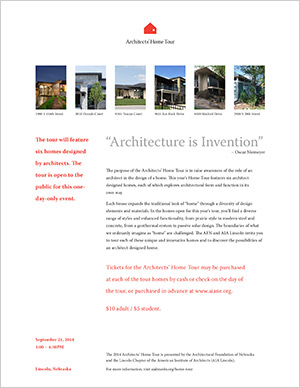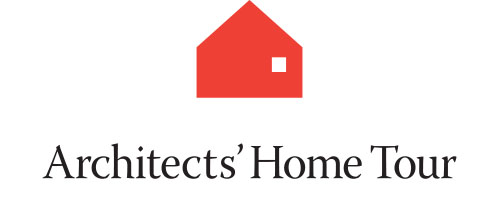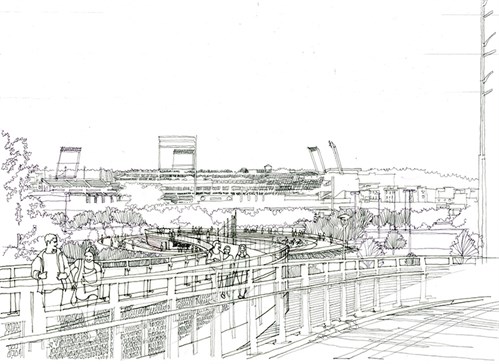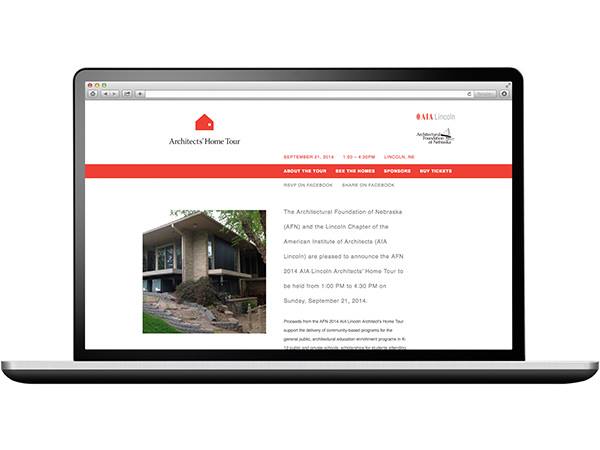This year’s tour is set for Sunday, September 18, 2016 from 1:00-4:30 pm. The tour is currently in the planning stages, and some great homes are set to be on the Tour. Stay tuned for more information about the tour, and mark your calendars!
Category Archives: Ask the Architects
The Power of Sketching
The following was originally written by Mark Brim, AIA, LEED AP, a Design Leader at DLR Group in Omaha, and shared internally with the company.
When was the last time you picked up a pencil to draw? That question, and my own love of sketching, recently led me to read Paolo Belardi’s excellent book, Why Architects Still Draw. In it, he points out that: “Sketching is a quick, readily available, dense, self-generative, and, above all, extraordinarily communicative notational system” that’s a “precious tool for all human activities that deal with creativity.” That’s an idea that I can get behind 100%.
Since we began adopting CAD in the 80s and 90s, we designers have been using an endless series of digital tools to create, compose, and ultimately produce our deliverables. And now more than ever our emerging designers are often doing their design thinking through mice and software. But hand-drawn sketches can work so much more powerfully than other methods of communication. Sketching is human and tactile; it opens doors to ideas that you might not have come up with otherwise; and it lends itself to connection and memory.
2014 Architects’ Home Tour in Lincoln, NE
As a graphic designer, I sometimes think I understand architecture better than the average person, but after speaking to an architect, I realize how little I actually know.
I guess that’s part of the reason some of my favorite projects I have had the opportunity to work on are for architects, and the 2014 Architects’ Home Tour promotional materials are no exception. The learning process is eye-opening, and the ability to see first-hand what an architect can envision a livable space to be like, is inspiring.
This is actually the 5th home tour I have had the opportunity to do design for, and I think this one is extra special – or maybe that’s just because it’s landing on my fortieth birthday.
This years’ tour website. The Lincoln home tour is held every other year, and is co-sponsored by AIA Lincoln and the Architectural Foundation of Nebraska. There are six homes on the tour, and as usual, it looks like there is a wide variety of styles to view.
The program booklet cover, which also serves as the ticket into the homes. These can be purchased at any of the homes the day of the tour.
 Download the tour poster. And I look forward to seeing you on September 21st. The tour runs from 1:00 – 4:30PM.
Download the tour poster. And I look forward to seeing you on September 21st. The tour runs from 1:00 – 4:30PM.
Measuring Green – The Next Innovation in Building Information Modeling
Architects are well aware that designs have a significant impact on the environment. Understanding that impact with analytical data has been a challenge. Building performance is complex and the tools and information required to make informed, timely decisions has typically not been readily available. Architects have relied on rules of thumb, industry standards, rudimentary analysis and calculations, and prescriptive requirements to attempt to achieve “green design.” Although well intentioned, these methods often fall well short of significantly improving building performance.
Residential and commercial buildings account for over 30% of the total energy and 70% of all electricity consumed in the United States. The requirements for improving on building performance and efficiency are becoming stricter and will require a shift in the paradigm for how projects are delivered in the future. The rules of thumb and prescriptive methods of green design will simply not be adequate to achieve these greater performance standards. Typically building performance is analyzed by the engineers in a process somewhat isolated from the architects and occurring after the design is essentially complete. Feedback to the architect is limited and provided too late in the process to have meaningful effect on the design. Earlier analytics in the design process is becoming necessary to achieve the higher performance standards required.
The advent of Building Information Modeling (BIM) in the design industry approximately a decade ago has continued to transform the entire design process. What started as a platform to allow for greater coordination, consistency, and visualization has evolved into a platform that provides levels of information far beyond what was previously available. This evolution now includes building performance analysis tools for the architect. Models and design concepts generated very early in the process can be analyzed for their performance and efficiency. Feedback is immediate and the data can be used as a basis for decision making.
Virtually all aspects of the building envelope can be evaluated and optimized for maximum efficiency, including: building orientation; thermal values of walls, roofs, and openings; glazing types and amounts; shading devices; day lighting effectiveness, etc. The goal is to maximize the efficiency of the building envelope and minimize the energy load on the building. The following outlines some of the design data that can be generated from performance modeling.
Historic Architecture – which side are you on?
 Architecture plays a significant role in defining our culture. From the first known buildings on earth over 5000 years ago and in the US over 1200 years ago, we have a sense of cultures lived in the past.
Architecture plays a significant role in defining our culture. From the first known buildings on earth over 5000 years ago and in the US over 1200 years ago, we have a sense of cultures lived in the past.
Architecture designed today, in the current culture we live, will become the historical fabric of the future. Today we are building the history of tomorrow.
It is the understanding of the past and creativity of the present that allows us to move ideas forward, to advance our culture. People tend to be more comfortable with a familiar environment, detail or material. It is human nature, literally. Our first experience of shelter existed within the natural elements, which is why even today most people resonate with stone, wood and daylight.
We are at an exciting point in design. Innovation and creativity are experiencing a new age with an increased rate of interactions and technologies which simplify complexities in structures. At the same time, the built environment is becoming more and more significant considering the move of the population to urban spaces. The opportunity exists today to create spaces that touch our spirit, just as they have in the significant structures completed hundreds of years ago.
As a culture, we should both embrace our historic structures of the past and appreciate the concept that design ideas conceived for the built environment today will become the historic structures of the future.





